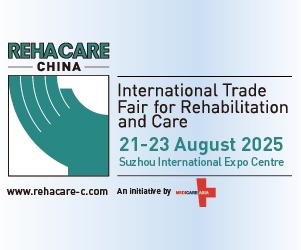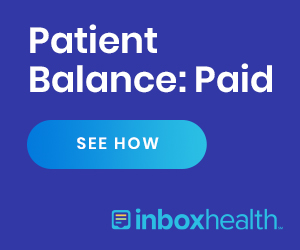Today’s medical world is spoilt for choice. There are a range of procedures that the medical professionals can employ to perform an in-depth diagnosis of a patient, gaining every ounce of relevant information as they possibly can. Following the diagnosis, they even have an expansive assortment of treatments for any given problem. The success achieved by the medical sphere in terms of technological progression has been absolutely immense. It has resulted in the unlocking of immeasurable promise that can be felt during any discussion which relates to the field of medicine. However, despite what has been a lengthy series of positive transformations, there are still some limitations that the field is grappling with. Researchers have clocked years in the lab, looking for a remedy against these limitations, but they haven’t got an enormous amount of success. One such limitation seems to be with drug administration. Even though we are in a position where we should be able to create a more advanced medium of administrating medication, the oral medium still dominates this area. Over the recent past, requirements have popped up during certain treatments for manipulating the APIs these oral tablets are supposed to release in our body. There is a variety of reasons for doing so, but it’s largely because of the need to control therapeutic efficacy of the treatment. There have been numerous attempts to achieve it in some capacity, and during one such attempt, the researchers came up with the idea of Bi-layer pills.
Bi-layer tablets were envisioned as one of the most reliable routes towards controlled drug delivery, and this was to be accomplished by combining two separate APIs into one tablet. One of the motivators for this was reducing overall dosage of the patient and easing the burden on his/her body.
While bi-layer tablets offer clear advantages like coordinating the availability of each API which means allowing different release times, prolonging the medicine effect, and reducing the dosage, there is a reason why these tablets have remained under-utilized. Developing two or more granulations can get complicated at times. In addition, there are other non-negotiable factors that pertain to the development of these tablets, thus making the procedure time-consuming and expensive. Combining separate APIs can create a mix that also does not align with regulatory requirements, but bi-layer tablets are poised for revival as they look to cater a growing need.


















